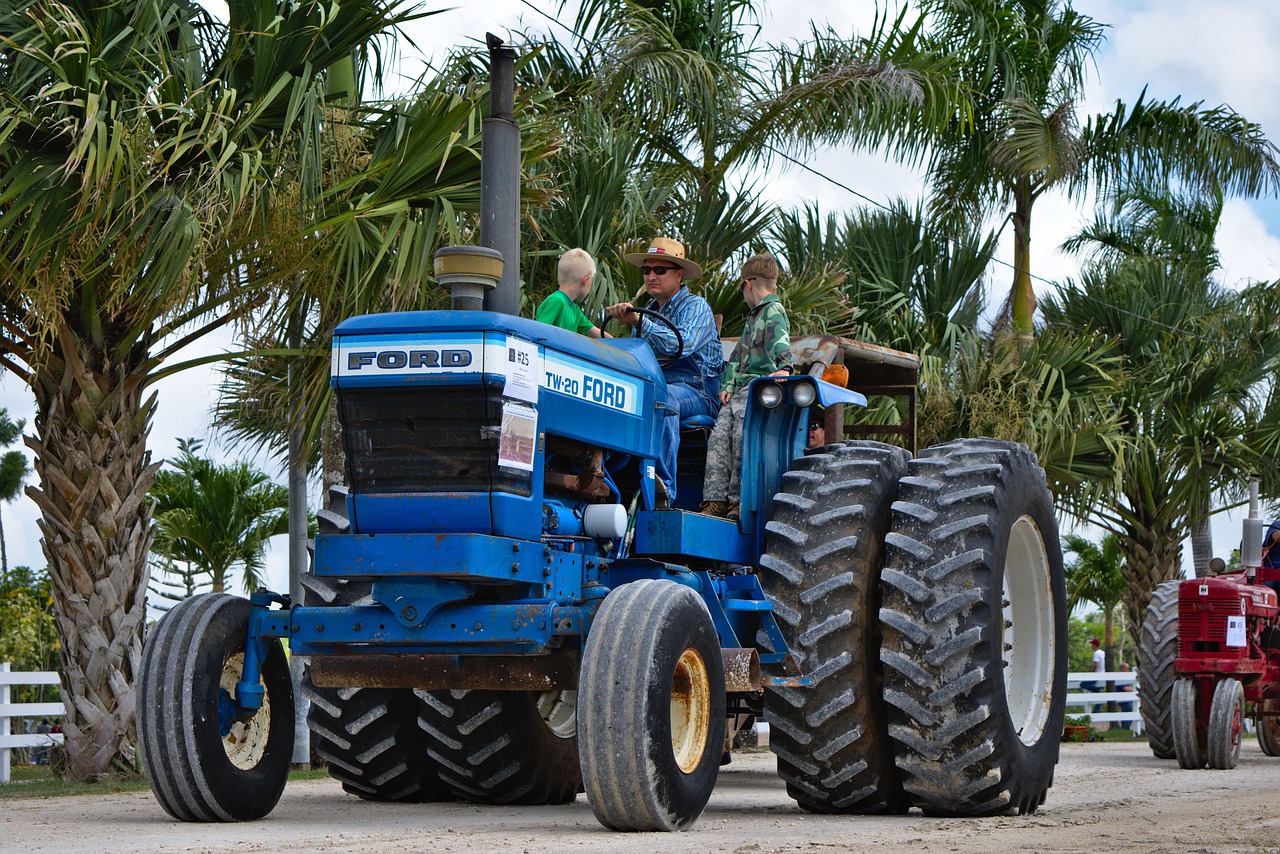In the field of agriculture, proper equipment is essential for achieving sustainable growth. Among the various components of agricultural machinery, the role of v pulleys cannot be understated. These specialized pulleys, often shaped like the letter “V,” are found in various farming equipment and play a significant role in power transmission and performance.
Significance of V Pulleys in Farming Equipment
V pulleys are an integral part of farming equipment, particularly those that require power transmission, such as tractors, combines, and other implements. They are designed to transmit power from one shaft to another, often using belts, such as V belts or poly-v belts. V pulleys offer several advantages in agricultural machinery:
- Power Transmission Efficiency: V pulleys allow for efficient power transmission between shafts. The unique V-shaped design creates a secure grip on the belts, ensuring that power is transmitted without significant loss.
- Reduced Friction: V pulleys have a smooth surface that reduces friction between the belt and the pulley. This helps reduce wear and tear on the belts, extending their lifespan and reducing maintenance costs.
- Flexibility in Shaft Alignment: V pulleys allow for greater flexibility in shaft alignment. This ensures that the belts can maintain contact with the pulleys even when the shafts are not perfectly aligned, reducing stress on the belts and increasing their durability.
- Cost-Effective: V pulleys are relatively inexpensive compared to other components used in agricultural machinery. Their durability and efficiency also make them a cost-effective choice for farmers.
- Easy to Install and Maintain: V pulleys are easy to install and maintain, reducing downtime and expenses associated with repairs or replacements.
How V Pulleys Contribute to Agricultural Growth
The role of v pulleys extends beyond power transmission in farming equipment. Their contribution to agricultural growth is multi-faceted:
- Increased Productivity: V pulleys enable efficient power transmission, which leads to increased productivity in agricultural operations. Farmers can use machines that are more powerful and versatile, allowing them to complete tasks faster and more efficiently.
- Enhanced Efficiency: V pulleys improve the overall efficiency of agricultural machinery. They help transmit power more efficiently, reducing energy losses and浪费, which can significantly cut operational costs over time.
- Improved Accuracy: V pulleys enable better accuracy in agricultural operations. Farmers can use precision agriculture techniques with accurate power transmission, improving crop yields and reducing waste.
- Sustainability: V pulleys contribute to the sustainability of agricultural operations by extending the lifespan of belts and other components, reducing the need for frequent replacements. This helps reduce waste and environmental impact associated with frequent replacement of parts.
- Expanding Geographic Reach: V pulleys allow farmers to access more remote or challenging terrain with their machinery. This opens up new areas for agricultural development and expansion, increasing the overall output of the sector.
V pulleys play a crucial role in the growth and development of the agricultural sector. They facilitate efficient power transmission in farming equipment, enhancing productivity, efficiency, and accuracy in agricultural operations. As the agricultural sector continues to evolve and adopt new technologies, v pulleys will remain integral components in powering agricultural growth and ensuring sustainable development for years to come.
CONTINUE READING
Related Posts
In the world of industrial manufacturing, the efficiency and reliability of transmission systems are critical to the success of any […]
In industrial settings, a smooth and quiet power transmission system is crucial for productivity, safety, and worker comfort. V Belt […]
Splines play a critical role in mechanical power transmission systems, enabling rotational motion and torque transfer between mating components. These […]





